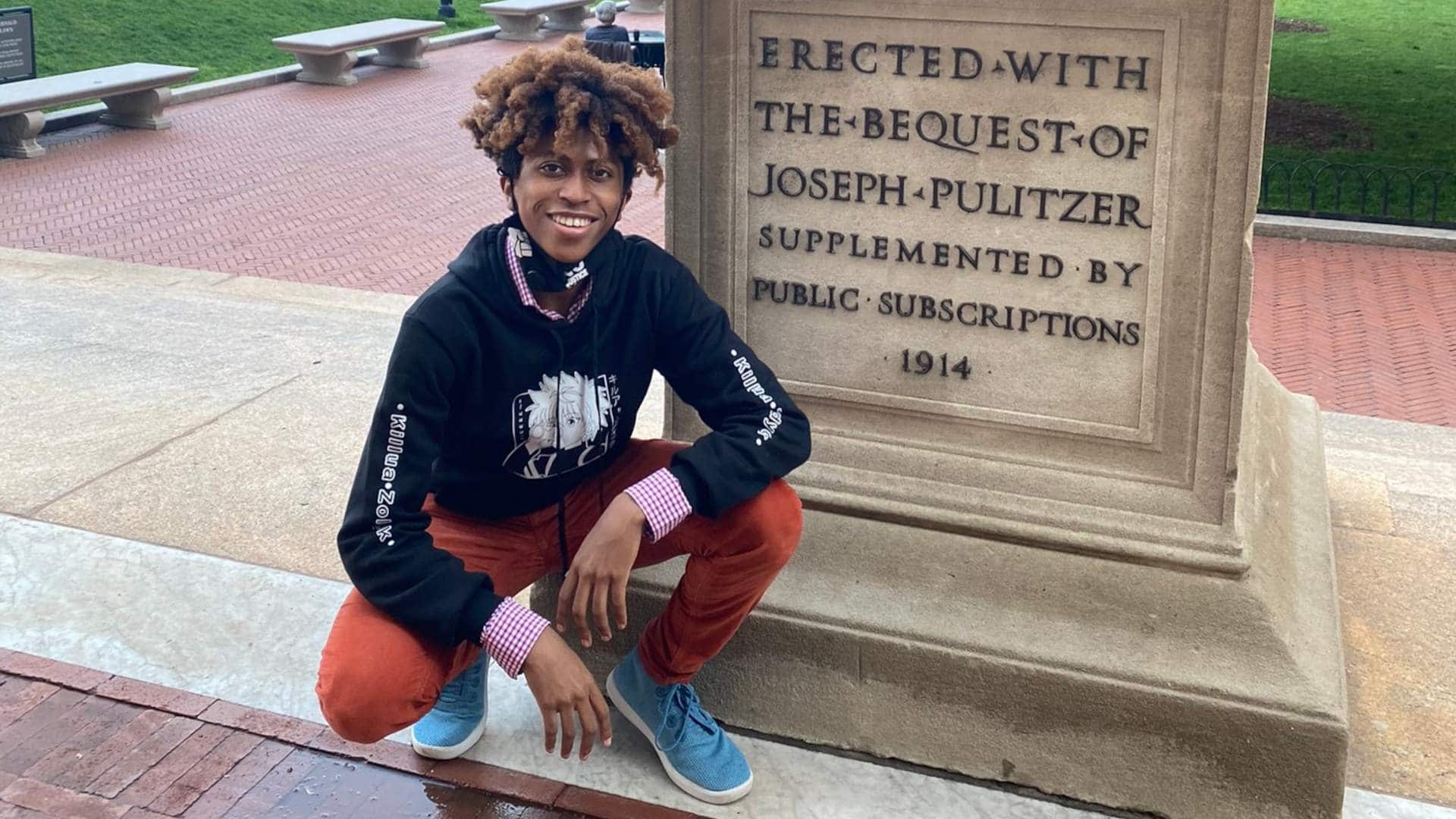When the Covid-19 pandemic gripped New York last March and my private Jesuit high school on Manhattan’s Upper East Side shifted to remote learning, I thought it would mean little more than an extended spring break. I was a junior, in the middle of what many consider to be the most intense year of high school. Two weeks, maybe two months, away from school might be a nice opportunity to destress, relax, and maybe even meet up with friends.
A year later, I’m nearing graduation, and I’ve spent most of my senior year in my bedroom, passing the six-hour school days on Zoom. My posture has deteriorated, and my eyesight has suffered from constantly looking at a screen. Despite the commendable work my school’s teachers and administrators have done to make the best out of a difficult situation, I worry I’ve lost a year that I can never get back.
To be fair, the decision to stay home was partially mine. In December, my school offered students the option to return to in-person learning in a hybrid model: Freshman and juniors would go in one week, sophomores and seniors the next. We would be required to wipe down desks and use hand sanitizer every time we entered a classroom. Masks on at all times. I decided to stay home because my parents — both African American, both in their 50s — weren’t vaccinated yet, and I worried that they would be at higher risk of becoming severely ill from Covid-19.
On the surface, remote learning had its advantages. For one, I no longer had to make the two-hour roundtrip by car from my home in Queens to my high school in Manhattan. My new commute was all of 5 feet, from my bed to my desk.
But my productivity nosedived. The extra hours I saved on the commute were used for homework that I didn’t feel I was really learning from. It wasn’t so much that the assignments had changed with remote learning, just that there were fewer resources available to help me work through them. Normally I could just walk into one of my school’s resource centers to get help from a teacher. As a remote student, I had to sign up for additional instruction on Zoom, which wasn’t exactly an appealing option after a long day spent in front of the screen.
Even classes that I would normally look forward to — like English and history — lost their luster in the confines of Zoom. Spotty Wi-Fi connections resulted in glitchy screens that made it all but impossible to listen and participate in class discussions. It’s hard to make a point in class when you can’t even hear what your peers are saying. I struggled to focus for more than half an hour at a time, constantly battling the temptation to explore other tabs on my internet browser or open Netflix.
At the same time — and as with so many of my peers around the country — my social life withered. Although I would video chat with my friends for hours on end, it simply didn’t feel as enjoyable as it used to. Jokes fell flat. The number of things to talk about dwindled. Extracurricular activities like the newspaper and yearbook club, which normally would have involved lively meetings in our school office spaces, were turned two-dimensional, laid out in front of my laptop.
I responded by throwing myself into new pursuits like drawing, but all the while I couldn’t shake the feeling that I was missing an essential part of the senior-year experience.
In late winter, my school offered remote students another chance to opt in to in-person learning. By this point, my mother, a frontline worker, had been vaccinated, which alleviated my fears about Covid-19 spreading through my family. And there was optimism that vaccinations would soon become available to teenagers like me, aged 16 and up.
And so in mid-March, I returned to the school building for the first time in a year. Just seeing my friends in school filled me with a palpable sense of relief and joy — despite us all wearing masks and standing 6 feet apart. I love that I can now see my teachers in person, and I’ve become much more responsive in my favorite classes. Hanging out with my friends in between class periods has become a highlight of my day.
My return to campus reminded me of what I loved about school, and how vibrant the classroom environment can be. It reminded me of all that I’d been missing out on.
Still, I can’t help but feel a tinge of survivor’s guilt. More than 580,000 people in the United States alone have died from Covid-19, and millions more had their lives completely upended by the disease. The pandemic took away the better part of my senior year, but it did not take away my closest loved ones. And for that, I consider myself lucky.
Rainier Harris is a journalist and high schooler, in that order. He’ll be attending Columbia University this fall. You can find him on Twitter at @harris_rainier.











